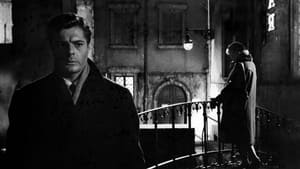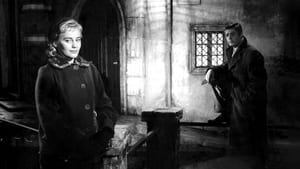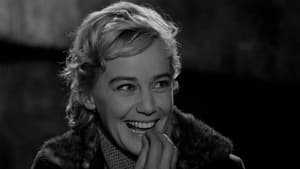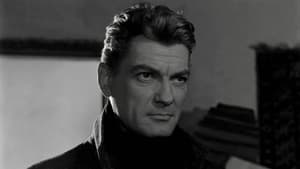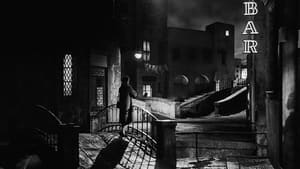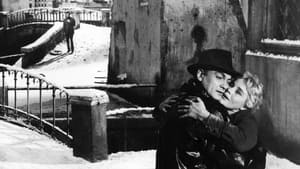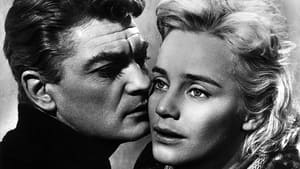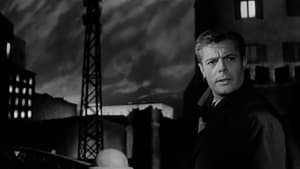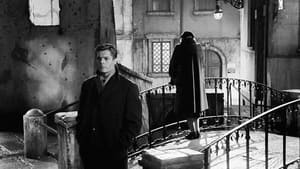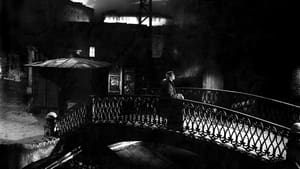Video Sources 0 Views
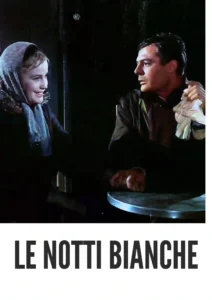
Synopsis

Rediscover the enchanting world of Le Notti Bianche, a poignant romantic drama from 1957, now exquisitely colorized to immerse you in its dreamlike atmosphere. Directed by Luchino Visconti and starring Marcello Mastroianni and Maria Schell, this film transcends its theatrical origins to deliver a deeply emotional and visually stunning experience. Ideal for lovers of classic Italian cinema and those seeking a touching exploration of loneliness and hope, this HD download offers a fresh perspective on a timeless masterpiece.
Le Notti Bianche tells the story of Mario (Marcello Mastroianni), a lonely tenant who encounters the sensitive and melancholic Natalia (Maria Schell) on a bridge in Livorno, a city where nights are as bright as day. Natalia is waiting for her lover who promised to return to her after a year of separation. Mario is immediately drawn to Natalia, and over the course of several nights, they develop a deep connection as he attempts to lift her spirits and win her affection.
As Mario and Natalia spend their nights together, they wander through the city, sharing their hopes and dreams. Mario falls deeply in love with Natalia, while she remains torn between her feelings for him and her unwavering loyalty to her absent lover. Their relationship unfolds against the backdrop of the ethereal white nights, creating a sense of heightened emotion and surreal beauty. When Natalia’s lover finally returns, she is faced with a difficult decision that will determine her future. Le Notti Bianche is a moving exploration of love, longing, and the transformative power of human connection.
The film boasts captivating performances from its lead actors, bringing depth and nuance to their roles:
-
Marcello Mastroianni as Mario
-
Maria Schell as Natalia
-
Jean Marais as The Tenant
Le Notti Bianche is a captivating blend of melodrama and romance, with touches of Italian neorealism. Its exploration of human emotions and its visually poetic style make it a standout in the landscape of romantic dramas.
Released in 1957, Le Notti Bianche is a significant work in Luchino Visconti’s filmography, showcasing his transition from neorealism to a more stylized and theatrical approach. The film was produced during a period of great artistic innovation in Italian cinema. While Le Notti Bianche may not be as widely discussed as some of Visconti’s other films, it offers valuable insights into his artistic development and his exploration of themes such as love, alienation, and social class. The original black and white film won the Silver Lion at the Venice Film Festival in 1957.
This colorized version of Le Notti Bianche has been meticulously restored using advanced digital techniques, enhancing the visual impact while preserving the film’s original emotional depth. The colorization process involved careful analysis of the grayscale tones of the original black and white footage and assigning appropriate colors to each scene. This painstaking process brings new life to the characters and settings, making the story even more engaging for modern audiences.
-
: Luchino Visconti
-
: Luchino Visconti, Suso Cecchi D’Amico
-
: the short story White Nights by Fyodor Dostoevsky
-
: Giuseppe Rotunno
-
: Mario Serandrei
-
: Franco London Films, Vides Cinematografica
-
: Rank Film Distributors
-
: 107 minutes
-
: MP4
-
: HD (1080p)
-
: Compatible with most devices, including smartphones, tablets, computers, and smart TVs.
Le Notti Bianche is celebrated for its lyrical storytelling, stunning visuals, and powerful performances. It remains a poignant and enduring work of Italian cinema, showcasing Visconti’s mastery of atmosphere and emotion.
-
: What is Le Notti Bianche about?
-
A: Le Notti Bianche is a romantic drama about a man and a woman who develop a deep connection during the white nights of an Italian city.
-
-
: Is Le Notti Bianche (1957) a well-known Visconti film?
-
A: While not as widely known as some of Visconti’s other works, Le Notti Bianche is a highly regarded film that showcases his unique style and themes.
-
-
: Is this version of Le Notti Bianche colorized?
-
A: Yes, this version has been professionally colorized to enhance the viewing experience.
-
-
: What makes Le Notti Bianche interesting for classic film fans?
-
A: Le Notti Bianche offers valuable insights into Luchino Visconti’s artistic vision and his exploration of love, longing, and human connection.
-
-
: What is the download format?
-
A: The download format is MP4, which is compatible with most devices.
-
-
: What resolution is the download?
-
A: The resolution is HD (1080p), providing a high-quality viewing experience.
-
Experience Le Notti Bianche Today!
